
Det er svært at komme i tanke om en person, der har rykket mere ved vores forståelse af kunst omkring århundredeskiftet end 51-årige Nicolas Bourriaud. I en kunstverden præget af stigende kompleksitet og specialisering er kunstprofesionelle såsom Bourriaud, der med succes har båret så mange forskellige jobtitler, en sjælden race.
Efter en start som kunstkritiker i 1980’erne og medstifter af og redaktør for magasinet Documents sur l’art, gik Bourriaud hen og skrev det givetvis mest diskuterede essay om kunst omkring århundredeskiftet, Relationel æstetik. Udgivet i bogform i 1998, satte Bourriauds refleksion om «interaktive, brugervenlige og relationelle koncepter» på «kunstens skakbræt» dagsorden for den kommende samtidskunstdebat.
Som kurator fra 1990’erne og frem, har Nicolas Bourriaud lavet en række skelsættende udstillinger, fra Traffic i 1996 til The Great Acceleration i 2014. Som grundlægger og direktør for Palais de Tokyo, der åbnede i Paris i 2002, skabte han et forbillede for kunstinstitutionen i starten af det 21. århundrede.
Senest, som direktør for the École nationale supérieure des Beaux-Arts i Paris, har han arbejdet fra 2011 til 2015 på at modernisere en af Europas ældste kunstskoler. Da han sidste år blev fyret af den franske kulturminister, vakte beslutningen genlyd blandt kolleger, ikke blot i Frankrig men også internationalt. Selv kunstskoleeleverne – der i 2013 havde lavet en underskriftindsamling mod ham efter en Ralph Lauren-begivenhed, der lukkede skolen i nogle dage, men som også skaffede skolen penge i kassen – besluttede sig for at bakke op om ham. Når alt kommer til alt, var det svært at forestille sig en person bedre kvalificeret til at reformere en skole i et land, der ofte beskrives som reformresistent. Og det er givetvis historien om Bourriaud.
Nicolas Bourriaud har gennem tre årtier været et overskud af ideer og initiativer. Selv teorier, der ikke er meget mere end korrektiver til hans egne teorier, har sikret kolleger en karriere. Man kan være uenig med ham. Der er nok at tage af. Men det er umuligt at ignorere ham.
Siden februar 2016 har han ledet kunstcentret Panacée i Montpellier, hvor han også er blevet betroet skabelsen af et nyt kunstcenter i 2019. I anledning af udgivelsen af bogen The Exform, publiceret i august, har Kunstkritikk fanget herren, der til stadighed forsøger at slå bro mellem teori og praksis uafhængigt af hvilken kasket han bærer. Interviewet blev foretaget på engelsk.

Your new book, which was first published in Spanish in 2014, is titled The Exform. Is it possible briefly to outline what the term “The Exform” implies?
For at least the last two decades, the very structure of artistic discourse has been focused on themes related to exclusion, “centre vs periphery”, power relations, borders, minorities, suburban situations… What led me to this research is the fact that this discourse did not find any translation on the aesthetic ground. My question was: if exclusion is the key notion, how do artists translate it visually, which kind of form does it produce, how does it affect visual thought? So I tried to identify this specific form, and give it a name. What I call exform is a form which is seized by exclusion stakes, either cultural, social or political. A form whose outlines are delimited by the resistances it faces. The exform appears, then, as a moving territory crossed by centrifugal or centripetal forces, by mechanisms of rejection and rehabilitation.
It stands at the border between the official and the excluded.
We can easily recognize this movement in history. The whole history of modern art could even be narrated according to the long fights undertaken by artists in order to give a dignity to ideas, objects, figures or themes that were considered as filth or insanity by the gatekeepers of cultural morality and dominant ideology. The exform delimits a specific field in aesthetics, and defines a theoretical object whose identification might help us towards a renewed reading of art history on one hand, and, on the other, towards a different perspective on the relationships between art and politics.
In the book you criticize a current pragmatic position which accepts capitalism simply because it works and accordingly views it as a law of nature which renders us incapable of thinking of alternatives that might work just as well. You say that we have gone from the slogan “everything is political” to the disillusioned acceptance of the fact that “everything is economic”. However, I cannot help reading your book and your previous work as coming to that very same disillusioned conclusion, that everything is economic. Most recently, in The Exform, you write:
«Because monetary relations between commodities dictate relations between human beings, phantasmagoria transforms subjects into objects; conversely, it turns commodities into self-sufficient subjects. In this context, Marx speaks of a ‘spectral dance’: things come alive, and human beings stop being anything more than ghosts of themselves.»
It is of course true that sometimes human relations are reified, but often they are not. For instance, I think both of us indulge in this interview simply because we believe it’s important and interesting. Aren’t their limits to such a Marxist understanding of society?
Everything is political, but everything is also economical, because economy is politics. And opposing the two notions is exactly what we are requested to do. Economy is not a specific domain with its own laws, independently from the political field: it connects, or should connect with people’s life and the social ground, as its etymology tells us — “oikos” means home, and “nomos”, rule. By the way, you could define me as much as a Deleuzian, or a Lacanian, as a Marxist. I give a lot of room to Louis Althusser in The Exform, but the Althusser that really matters to me is the posthumous one, the one who goes beyond the Marxist dogma towards a new theory of chaos and a carnivalesque thought. So, no, not every human relationship is reified, but there is a reifying force that goes all over the social landscape. Relational Aesthetics already started from this statement. It is important to point out positive issues and potential ways out. But I know that Cassandras and negative prophets are always considered more chic.
Walter Benjamin has been a recurrent reference in your writings for 20 years, maybe longer. Among other things, you seem to have inherited a certain Marxist reading of art. In one of his most politicized writings, “The author as producer”, he suggests that art is good when it displays the right political tendency. You also often read art as a critical comment on the state of the world. Today, critics tend to judge anything from Michel Houellebecq to the Berlin Biennale 9 based on a supposed tendency. What do you think?

We have to read Benjamin according to the political situation of his times, certainly not according to our own context. The political tendencies he mentioned were, in the interwar period, much more defined than today. But I don’t think that I would ever appreciate the work of an artist who supports Donald Trump or stands for racial apartheid: if you are stupid enough to endorse those opinions (they are not “ideas”), how could you be able to produce an artwork worth looking at for more than thirty seconds? It is, I think, impossible. Art requires education, and a capacity of analysis (and synthesis) which excludes Manichaean brains. Hopefully, art can also change someone’s mind, dissolve simple ideas, question our certainties in order to elevate people. However, displaying the right political tendency is not enough, and too many artists consider that pointing at some problems is enough to appear relevant. It is not. One can think very clearly, develop interesting and radical ideas, but produce an illustrative, bland, literal kind of art. One should never mistake good intentions for strong art. Political commitment is a beginning, not an end, as generous ideas can sometimes lead to a reactionary artwork, contradicting those original intentions. And this issue is crucial: I agree with Alain Badiou when he says that any philosophical statement can have effects on reality, as long as it first has effects on philosophy. Art has to start changing the world through questioning its own conditions of production and diffusion.
In 2006, when you curated the Lyon Bienniale with Jérôme Sans, Tom Morton wrote a very positive review in Frieze where he called the biennial “a very good argument for the long 90s.” In 2012 Lars Bang Larsen wrote an article in the same magazine about “the decade that has yet to end”. Since you are the one who has most successfully articulated what the 90s were about, do you think contemporary art is still in the long 90s or are they over?
We are still exploring certain ideas of the 1990s, no doubt about it. This can sometimes give the impression of a certain immobility. But artists like Pierre Huyghe, Gabriel Orozco, Dominique Gonzalez-Foerster or Liam Gillick, to name a few, are far from having exhausted their potential. The 90s was a period of experimentation without too much market pressure, a period which totally renewed the problematics of art and proposed new syntheses, new theoretical and formal approaches. We are not through all that yet. But we are facing a totally different situation now, and those ideas reconnect and display in new areas, according to new parameters. Think of the fact that that cell phones were still luxurious gadgets then, and that social networks got off the ground only around 2005… In the 90s, one could take time to analyze those inventions, still at a blooming state, and put them into perspective. Now, we just use them, and we think about their massive effects. The same for globalization, which was considered very differently in the 90s, after the Berlin wall was torn down. Hence, I think that we are still deeply influenced by this decade, but our world has dramatically changed. September 11th might have marked the ending of the decade. And if one looks at artworks from this period, one will be struck by the formal differences, which would need a longer analysis.
I agree that a lot has happened since you wrote Relational Aesthetics – both in the art world and the world at large. For instance, in that book you wrote a punchy and amusing glossary entry about the word aesthetics:
“Aesthetics. An idea that sets humankind apart from other animal species. At the end of the day, burying the dead, laughter, and suicide are just the corollaries of a deep-seated hunch that life is an aesthetic, ritualised, shaped form.”
Today, online, one finds viral videos of elephants burying their dead and laughing monkeys. We have already here on Kunstkritikk discussed the matter whether Relational Aesthetics was anthropocentric, with which you disagree. I personally think Relational Aesthetics was a good summary of its moment. However, don’t you think that there is a new sensibility within art, culture and science on the sentient and intelligent life of anything non-human – from the animal kingdom to artificial intelligence?
Of course, this statement was too global – even at the time, I could have quoted bees, but it is true that this awareness of animal intelligence and sentience in general came later. Not only for me, but for artists like Pierre Huyghe starting collaborating with other life forms, or Mark Leckey trying to “empathize” with objects. It obviously comes from a growing awareness towards ecology, which was only beginning in the 90s. Because it is also true that plants or trees are sentient, this is becoming omnipresent in today’s art. But I don’t believe that the object is the “only type of being”, as I read recently. In this regard, I am far from object-oriented philosophies, which tend to legitimate, consciously or not, the reification processes we were talking about. From “everything is an object” to “everything is a product”, there is only one step. The whole idea of the Taipei biennial, two years ago, was to reintroduce the human being in the circuit, and renew the thesis contained in Relational Aesthetics from an expanded point of view, by inviting artists who include animals, plants or minerals in a global relational sphere. In a way, it was only catching up with the artists’ production, as they massively evolved into that direction, and myself too. Now, Huyghe is defining the exhibition as a place to “exhibit someone to something,” and it indicates something even more important: the traditional categories of passivity and activity are questioned, as are the classical binomial subject/object. The active agent is not necessarily a human individual anymore, nor is the object necessarily inert, and a subject-object relationship does not inevitably represent a relationship of domination by a first over a second. This mutation can be clearly seen in such artists as Mika Rottenberg and Laure Prouvost: in Prouvost’s object installations or hyper-sensual, epic videos, and in the absurd, hyper-pop, clinical montages of Rottenberg’s film installations, humans and objects exchange properties at more than one point. Artworks that interest me today tend to create new formal circuits in order to dissolve the traditional categories of image, object, human, machine, etc. … We are so immersed in images that the most difficult task for artists is to encounter the real. I take this term in the Lacanian sense: it has become a quest within a reality that has become totally unreal, abstract and offshore.

If you were to mention something in particular, what would you say define the 2010s? I personally get the impression that your biennial in Taipei in 2014 was very much of its moment.
One of the main specificities of the 2010s is the acknowledgment of all the existing phenomena and objects as part of a language sphere. As we mentioned Walter Benjamin earlier, we could refer to an extraordinary text he wrote in 1916, “Languages of practice”: he explains that any type of activity, from law to music, from painting to building a house, etc., generates a distinct language. So, translation does not only exist between two human languages, but also between different practices. In a way, this concept paves the way to this acknowledgment, to the conception of a non-anthropocentric world. This is where I differ from the speculative realists: I think that language is the key, not objecthood, and that humans don’t have the monopoly of language. “The Great Acceleration”, which was the biennial’s title, refers to a progressive melting of all reigns, a world of parallel coactivities. And I tried here to show the artist working as a kind of translator, or a diplomat, delegated by humanity towards all spheres. The anthropocene was the theme of the biennial, and this notion means, first of all, a crisis of the human scale, as humans are both considering themselves as the centre of the universe, and victims of a techno-industrial system which is now clearly detached from civil society. The Taipei biennial was an attempt to show how today’s art designates a new political coalition between the rejected citizen and a new subordinate class: the new proletarians described in The Exform, but also animals, vegetation, minerals and even the atmosphere, as they are all imperilled. The anthropocene provides a new set of parameters of conduct, it implies a re-evaluation of our relationship with all the forces with which we must co-exist on the planet.
Palais de Tokyo was called “site of contemporary creation”, thus not only of art but also its adjacent fields. I think this was a beautiful ambition and maybe this open-mindedness is why this art centre was perhaps the most exciting art venue in Europe for most of the 2000s. But apart from ICA in the middle of the 20th century or maybe Musée d’Art moderne in the 1970s, such an all-embracing position is difficult in the long run. Centre Pompidou is just one among many institutions that on the drawing board had a similar ambition, but ended up being – as Lyotard dismissively has suggested– yet another traditional Modernist art museum. How do you look at such ambitions now?
Inter-disciplinarity had its specific way at the Palais de Tokyo, then. We were not content with showing different disciplines or fields together, nor did we mash them up under a theme. The idea was to use contemporary art as a browser to explore other fields; it was our guide to convene a designer, a musician or a dancer. In other words, we explored parallel worlds, but kept our feet in the base camp. I am not saying that this is the best solution, but the worst one is having no keyword to start a research. Aligning names is a consternating way of doing, and not so many curators dare to launch new theoretical algorithms to justify inter-disciplinarity. But the situation has also changed: we are confronted by such a profusion of objects, such a proliferating production, that every discipline tends to close on itself. Some time ago, I defined tomorrow’s artist as a semionaut, able to create new connections between signs within an expanded field — it is also a good criterion for a curator: what is his/her capacity of navigation? We are not supposed to analyze forms anymore, but formations, dynamic ensembles, moving circuits, clouds… Which questions the notion of discipline itself, and the relevance of what was named “inter-disciplinarity” in the 20th century.
You are now director of the art centre Panacée in Montpellier, and I think you’ve said that the job is first and foremost to cultivate an art scene in Montpellier, not to reinvent an art scene, as you did in Paris. Big ideas will have to wait. However, are you closer now – at least theoretically – to what might be called “the best solution” for an art centre of the 21st century, whether in Montpellier or elsewhere?
I start working in Montpellier with the same questions we used for the Palais de Tokyo: what are the needs, what is the context, and how would it be possible to build a specific, updated institution that would not simply copy existing models? The future Art Centre of Montpellier Métropole will open in 2019, and it has to reflect its cultural territory and constitute a possible model for tomorrow. As a prefiguration, I am starting an exhibitions program at La Panacée in January 2016, along with a series of lectures, but also a big round of public meetings. And I find in Montpellier a very specific energy; there is a real spirit of collaboration between art, theatre and dance, which is already feeding the project. This open working process will be seminal for the future institution.
En versjon av denne artikkelen finnes i Morgenbladet Kunstkritikk nr. 3 2016.
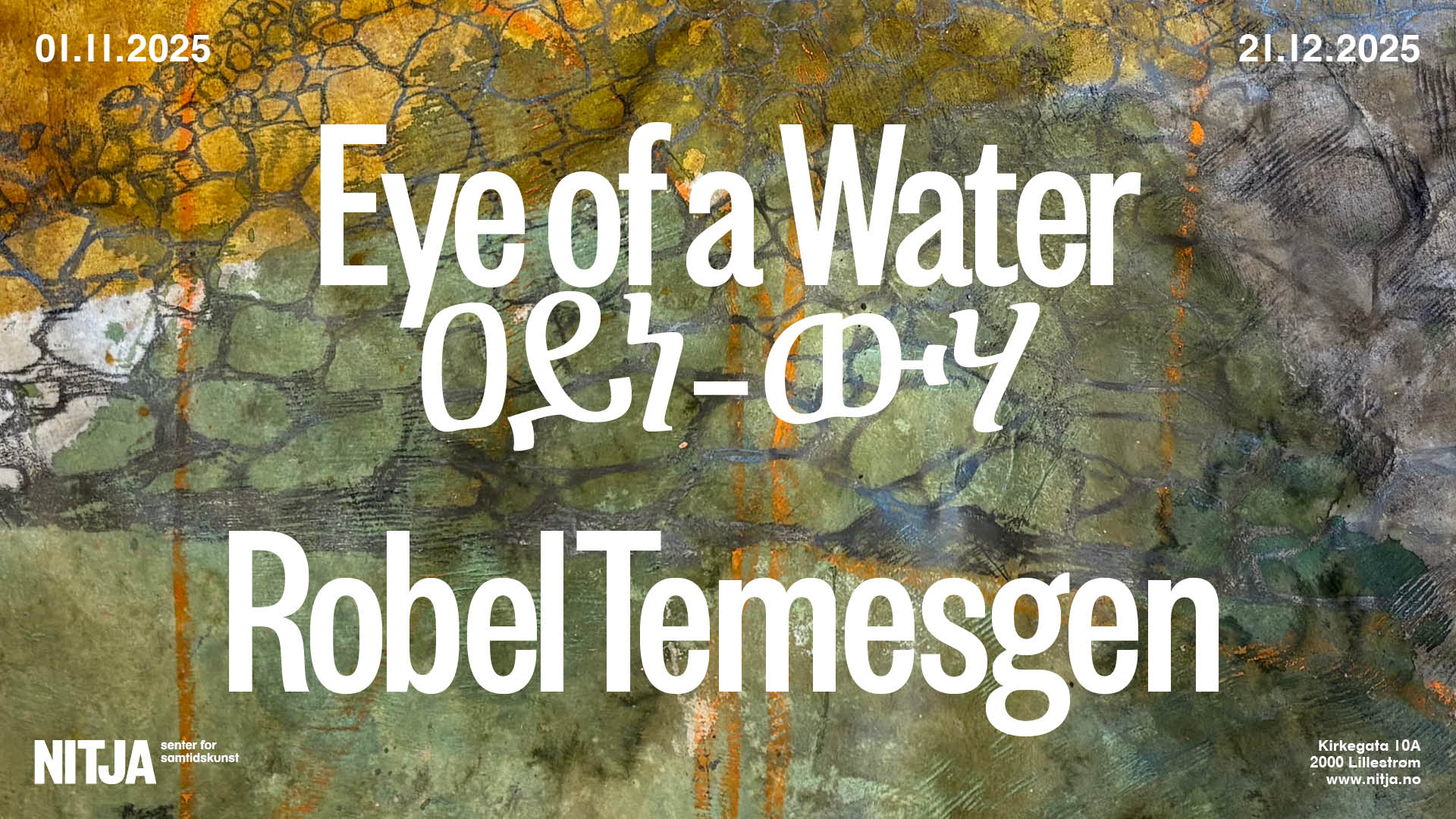






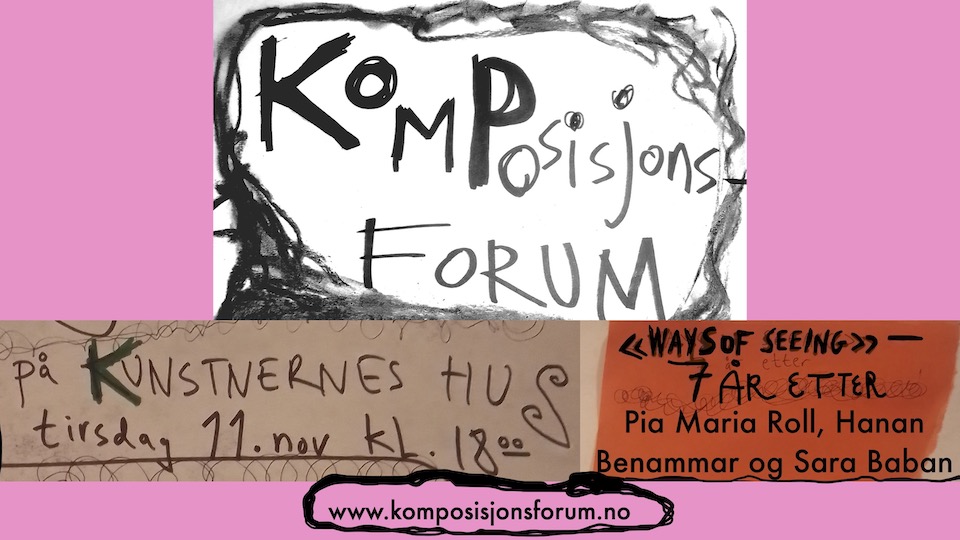
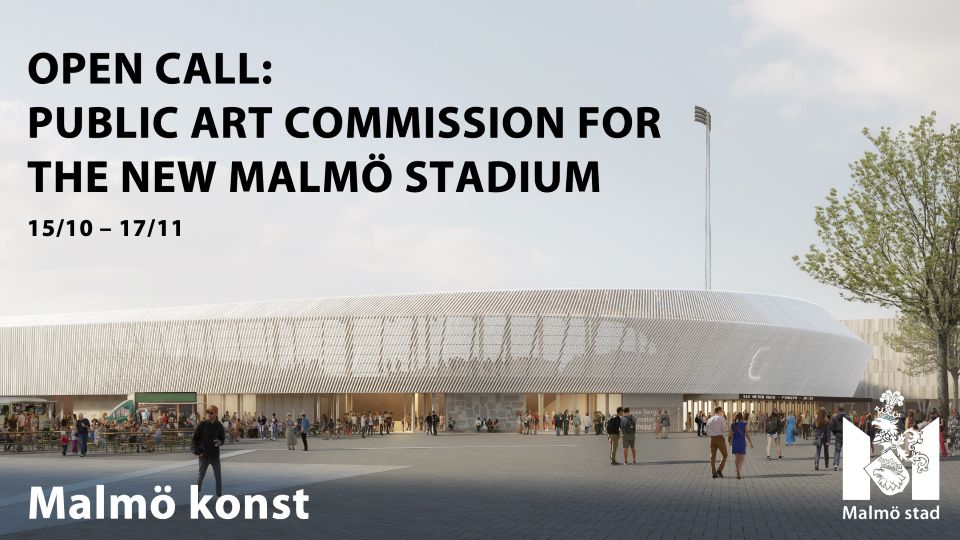
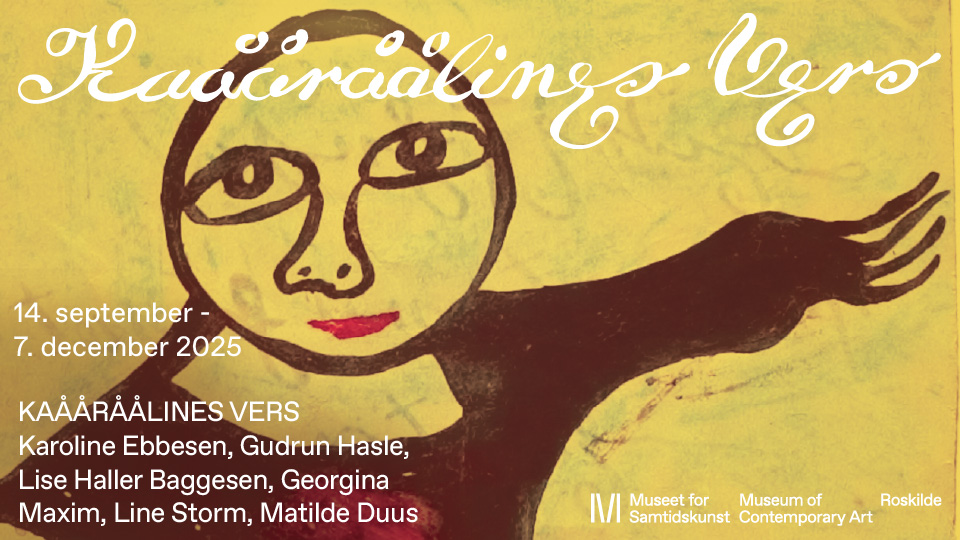
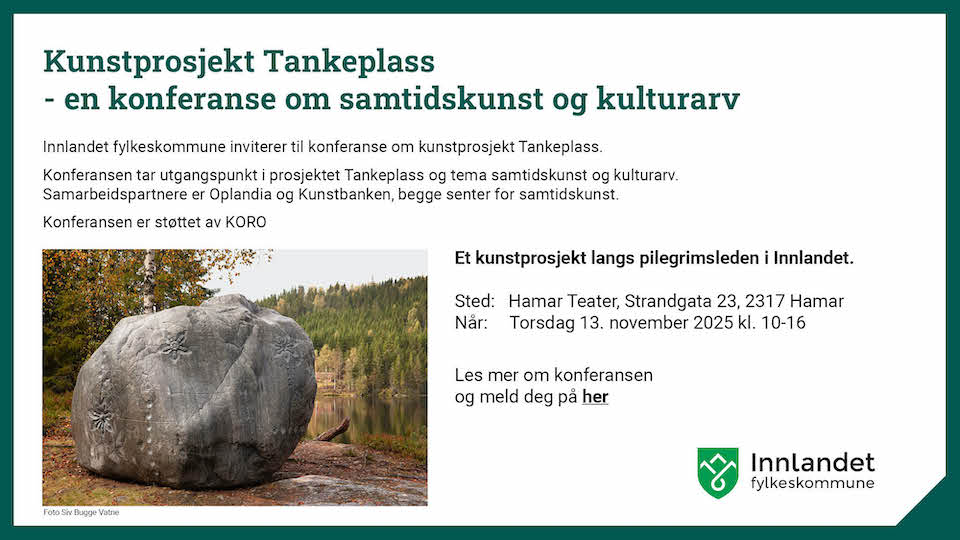
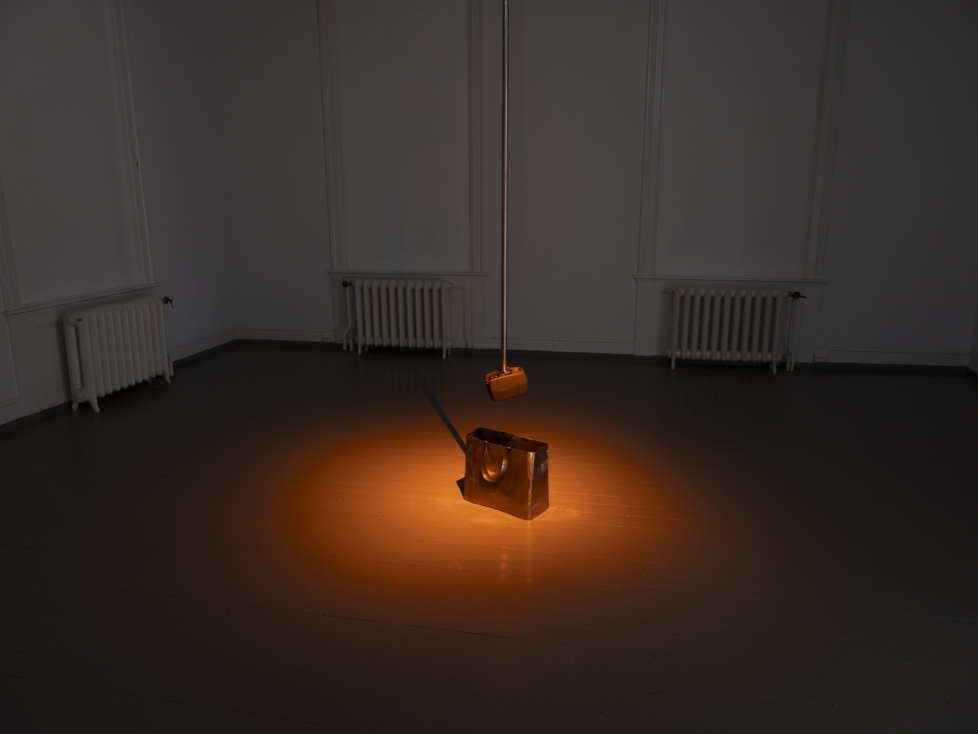
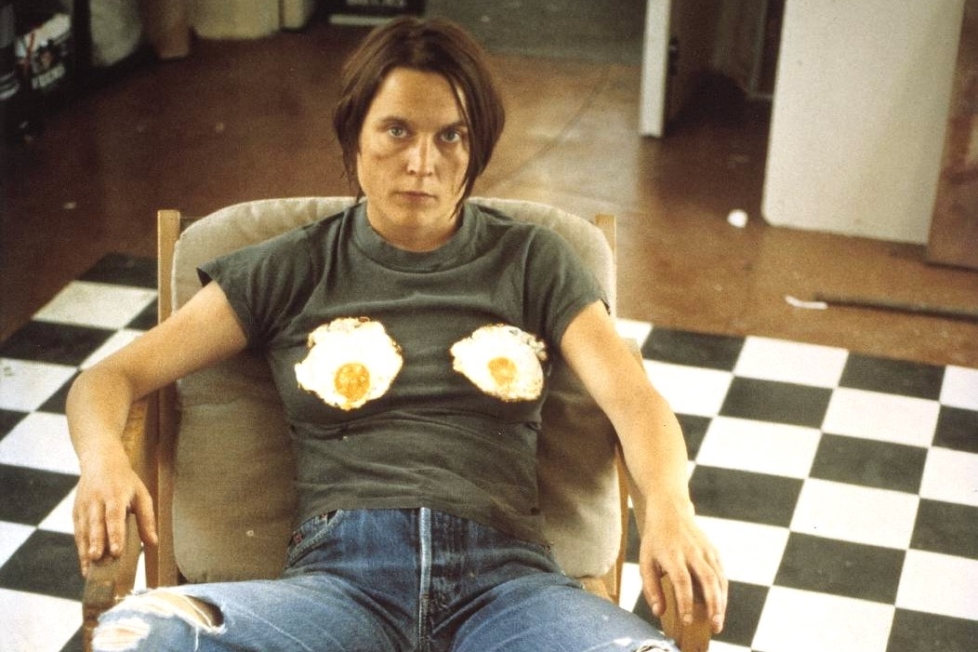
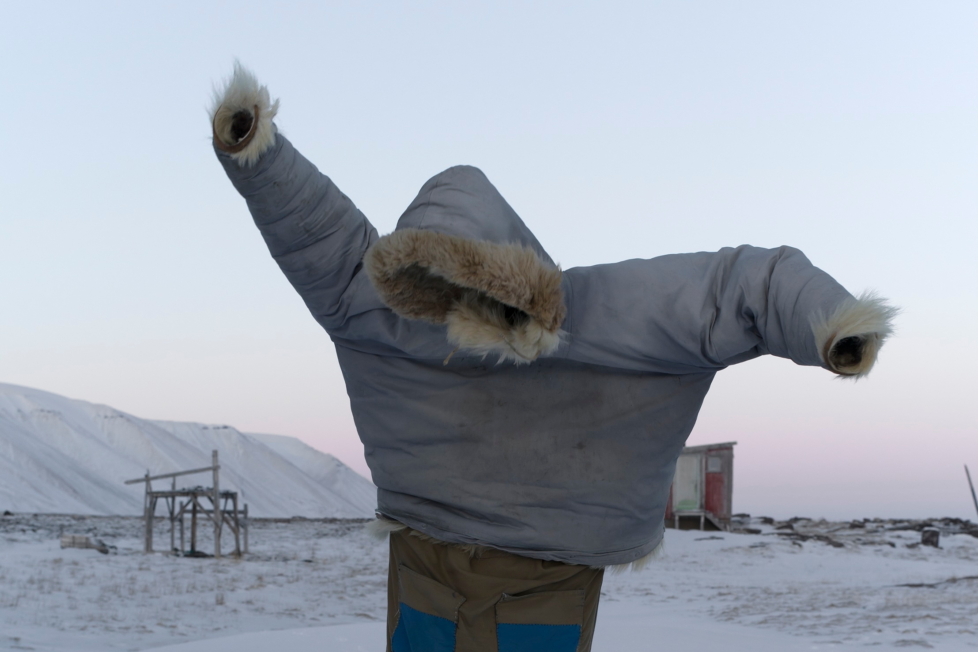
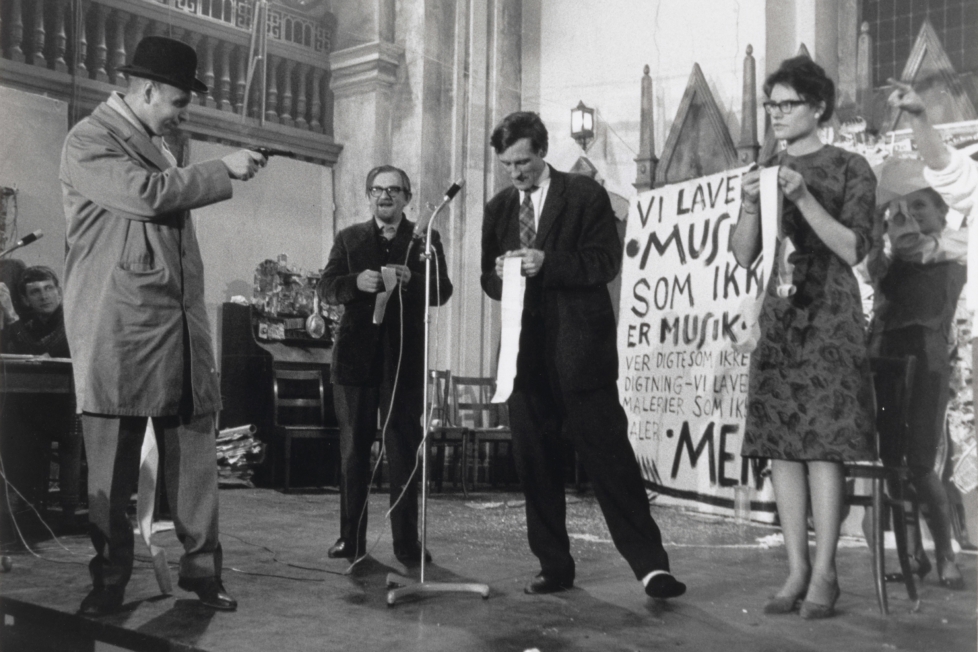
Leserinnlegg